
Potash producers smash the price ceiling
Belarus sanctions, freight costs and strong demand are pushing MOP pricing to new heights, says Andy Hemphill, senior editor for potash and sulphuric acid at ICIS Fertilizers.

Belarus sanctions, freight costs and strong demand are pushing MOP pricing to new heights, says Andy Hemphill, senior editor for potash and sulphuric acid at ICIS Fertilizers.

CRU Events will convene the 2022 Phosphates International Conference & Exhibition in Florida at the Tampa Marriott Water Street, 7-9 March.
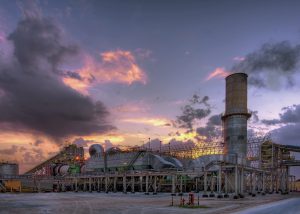
Import duties on phosphates from Morocco and Russia imposed by the US government in 2021 have compounded a lack of availability of phosphate fertilizer caused by Chinese export restrictions and led to higher prices for US farmers. Are there knock-on effects possible for sulphuric acid demand?

A look at papers presented at CRU’s annual Sulphur + Sulphuric Acid conference, which was once again held virtually, in November 2021.

Market Insight courtesy of Argus Media
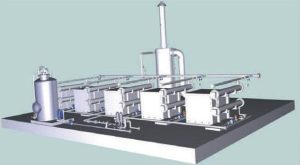
Nitrogen-rich wastewaters remain a major issue for fertilizer and other industries. Saipem’s new electrochemical technology, SPELL, is an important step towards the overall objective of zero industrial pollution. A complete engineering review of the technology, its alignment with all international applicable standards, and optimisation has now been concluded and the technology is ready for deployment for the removal of ammonium nitrogen from industrial waters and wastewaters. Saipem discusses the key features of SPELL and reports on the first two industrial references.
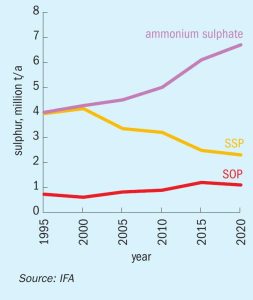
Sulphur is becoming an increasingly important crop nutrient, due to a combination of lower airborne sulphur emissions, the increasing prevalence of high analysis fertilizers, and higher cropping intensities.
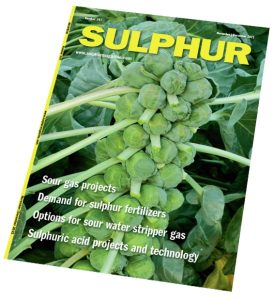
Th e past year has seen an extraordinary run-up in sulphur and sulphuric acid prices, the former from a low of around $50-70/t f.o.b. in mid-2020 to more than $100/t higher than that at the end of Q1 2021. Prices then plateaued for much of this year, but they have begun moving inexorably upwards again in the past couple of months, drawn by rapidly rising phosphate prices, and Middle East sulphur rates recently breached price levels not seen since 2012.
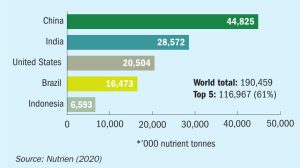
We report on the state of US fertilizer production and supply. The US industry – the second-largest finished phosphates producer and third-largest urea producer globally – has grown and developed alongside North America’s mature and sophisticated domestic farming sector.
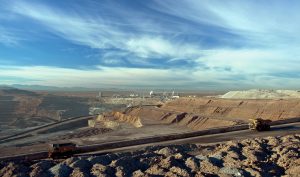
Boron is a key micronutrient required by fruit and vegetables and crops such as corn, cotton, rice, soybean and sugar cane. The agricultural importance of boron and the wide range of products on the market are described.